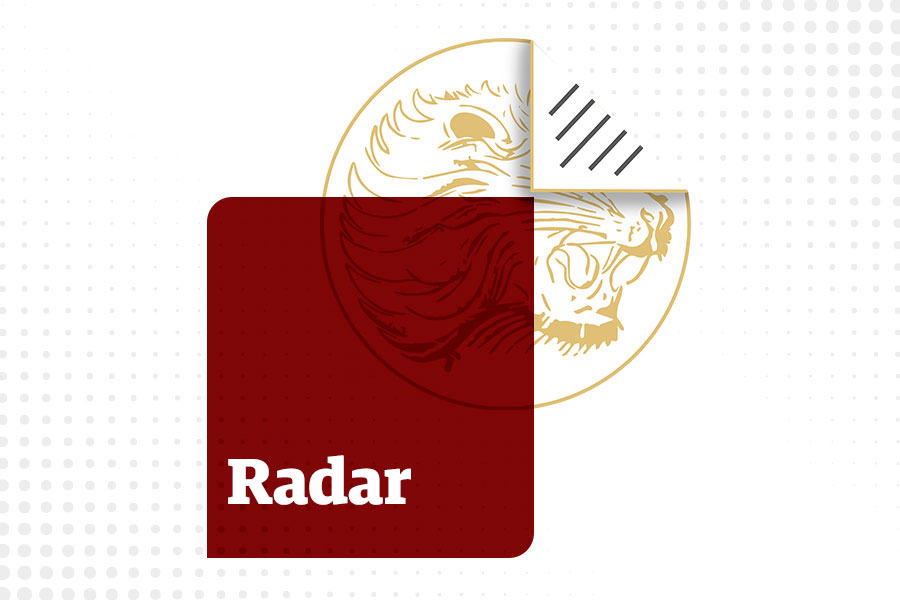
Radar | Jul 06,2025
Jun 24 , 2023
By Dambisa Moyo
In April, Alphabet CEO Sundar Pichai predicted that artificial intelligence (AI) would have an impact "more profound" than any other human innovation, from fire to electricity. While it is impossible to know precisely what that impact will be, two changes appear particularly likely: demand for labour will fall, and productivity will rise. In other words, we appear to be moving toward a labour-less economic model in which fewer human workers are needed to sustain growth.
Back-office support, legal services, and accountancy jobs seem to face the most immediate risk from new generative AI technologies, including large language models like ChatGPT-4. But every sector of the economy is likely to be affected. Because language tasks account for 62pc of employees' time, a recent report by Accenture notes, large language models could affect 40pc of all working hours. Accenture estimates that 65pc of the time spent on these language tasks can be "transformed into more productive activity through augmentation and automation."
And a new McKinsey report predicts that the AI-driven productivity boost could add the equivalent of 2.6 trillion to 4.4 trillion dollars in value to the global economy annually.
But, even as higher productivity boosts economic growth, the diminution of labour would undermine it, meaning that growth could stagnate. Reduced demand for human workers implies a steep rise in unemployment, especially since the world population is set to continue growing.
Unemployment is already a persistent problem. According to the International Labor Organization (ILO), the total number of unemployed young people (15-24 years old) has remained around 70 million for over two decades. And the global youth unemployment rate has been trending up, from 12.2pc in 1995 to just under 13pc after the 2008 global financial crisis to 15.6pc in 2021.
AI will exacerbate these trends. And because AI's impact on labour markets is likely to be structural, the rise in unemployment would amount to a permanent dislocation. Structural unemployment could return to levels last seen in the deindustrialisation of the 1980s, when joblessness in the United Kingdom (UK), for example, remained above 10pc for the better part of the 1980s.
How can governments support GDP growth in a new era of persistent structural unemployment?
The most obvious likely response is a shift to greater redistribution, with governments raising taxes on the proceeds from AI-driven productivity gains and using those revenues to support the wider population, including by implementing some version of a universal basic income. To ensure adequate revenue to support expanded social safety nets, governments might move beyond taxing excess profits generated by AI-driven productivity gains to taxing the revenues of the firms reaping the biggest rewards. That way, the state – and, in turn, the general population – would claim a greater share of the AI windfall.
Of course, the AI revolution also has profound implications for businesses.
For starters, companies will have to adjust their strategies and operations to account for the combination of higher productivity and a smaller labour force, enabling them to generate more output with less capital. Companies that adjust as needed, and deliver low cost-to-income ratios, will attract investors; those that are slow to change their operating models will lose competitiveness and could fail.
The effects of such corporate adjustments will reverberate throughout the economy. Reduced demand for capital by firms will put downward pressure on the cost of capital, and companies will have less need to borrow from banks, causing overall activity in capital markets also to decline.
Higher taxes on corporate profits (or revenues) would create additional challenges. While the state will need to increase revenues to support the growing number of unemployed, this could leave corporations with lower retained earnings to reinvest, despite the additional profits generated by AI-driven productivity gains.
This is bad not only for the companies themselves. Lower investment in the economy would undermine growth, shrink the economic pie, and lower living standards. It would also narrow the tax base, erode the middle class, and widen inequality between the owners of capital and the traditional labour force.
While governments might want to raise taxes and redistribute the revenues to alleviate the short-term disruption caused by AI, they will need to think bigger in the long term. In fact, policymakers will have to rethink prevailing economic models and principles – beginning with the assumption that labour is a key engine of growth. In the age of AI, workers may do little to drive growth, but they must benefit from it.
This article was provided by Project Syndicate (PS).
PUBLISHED ON
Jun 24,2023 [ VOL
24 , NO
1208]


Radar | Jul 06,2025

View From Arada | Nov 21,2020

Viewpoints | Apr 17,2021

Viewpoints | Jan 13,2024
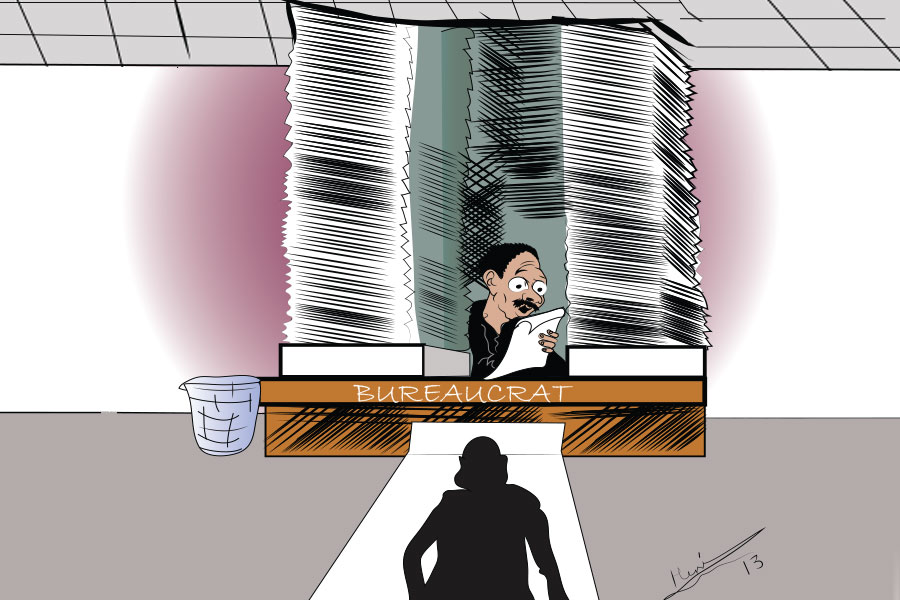
Editorial | Jul 10,2021

Photo Gallery | 180254 Views | May 06,2019
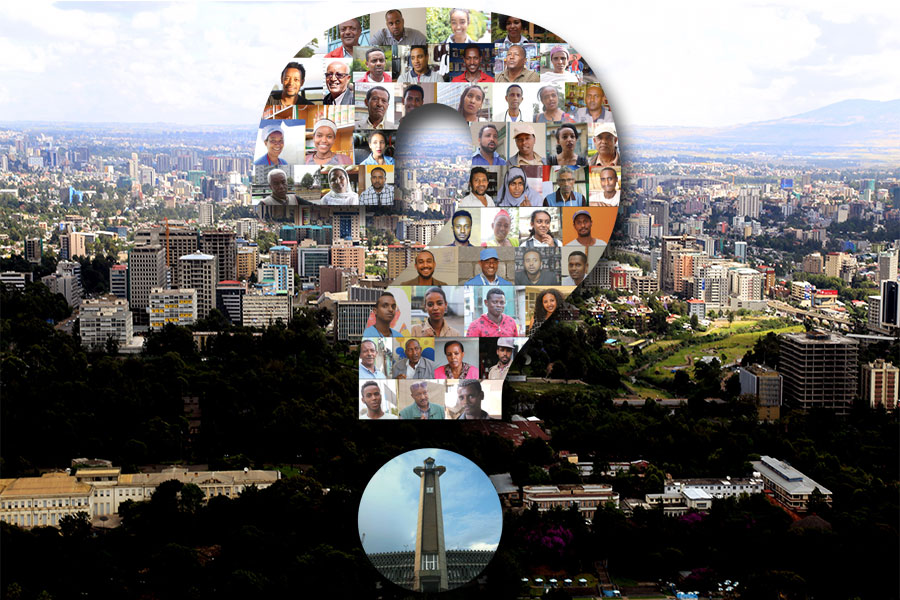
Photo Gallery | 170451 Views | Apr 26,2019

Photo Gallery | 161475 Views | Oct 06,2021
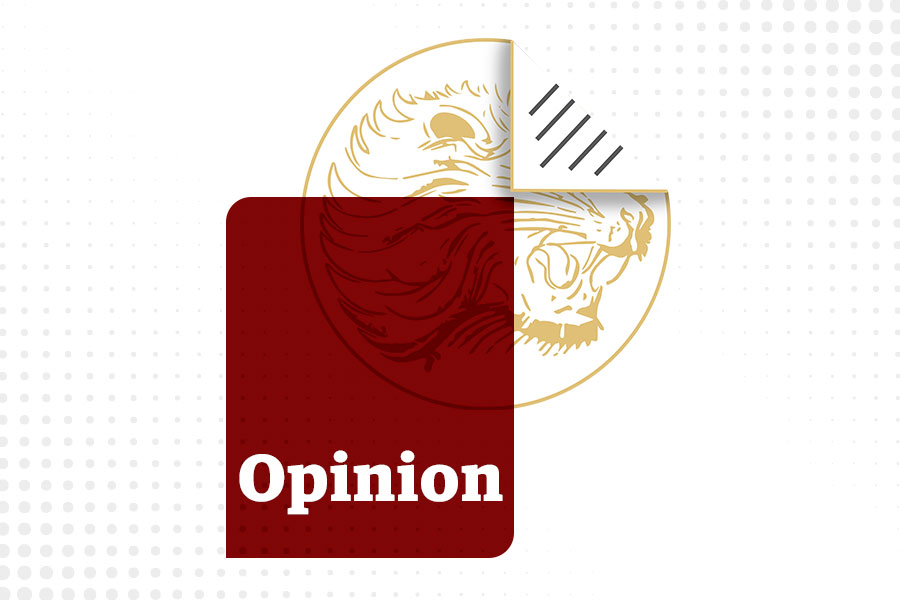
My Opinion | 137267 Views | Aug 14,2021

Dec 22 , 2024 . By TIZITA SHEWAFERAW
Charged with transforming colossal state-owned enterprises into modern and competitiv...

Aug 18 , 2024 . By AKSAH ITALO
Although predictable Yonas Zerihun's job in the ride-hailing service is not immune to...

Jul 28 , 2024 . By TIZITA SHEWAFERAW
Unhabitual, perhaps too many, Samuel Gebreyohannes, 38, used to occasionally enjoy a couple of beers at breakfast. However, he recently swit...
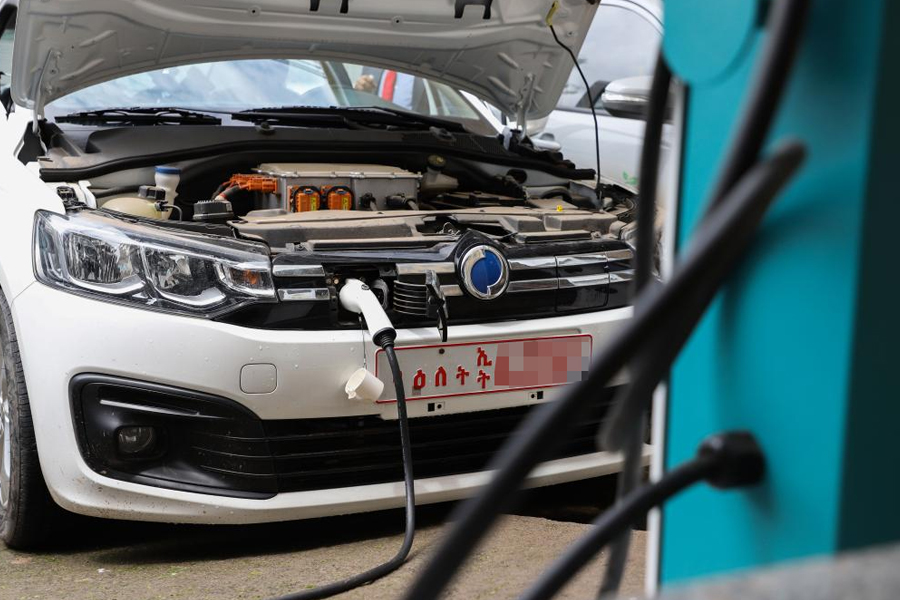
Jul 13 , 2024 . By AKSAH ITALO
Investors who rely on tractors, trucks, and field vehicles for commuting, transporting commodities, and f...
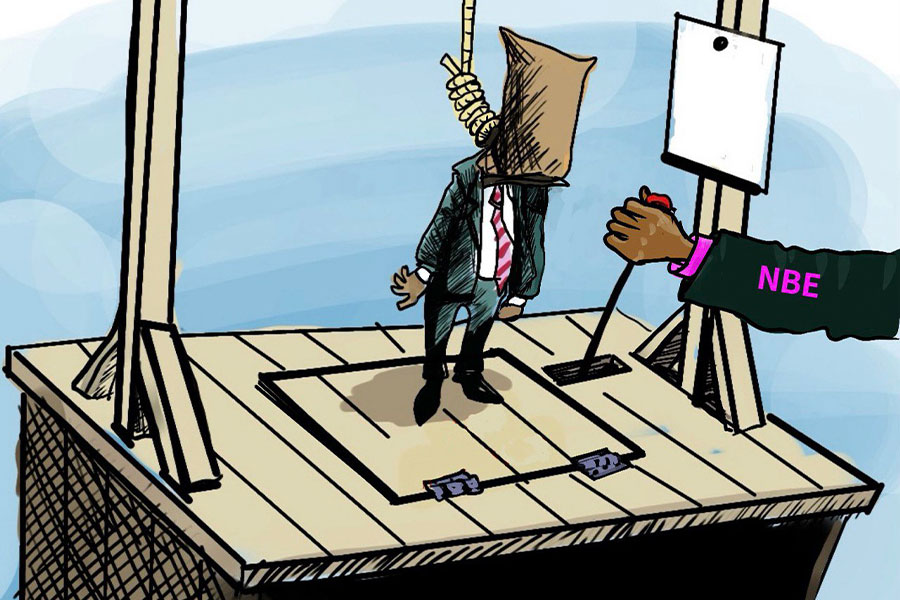
Nov 1 , 2025
The National Bank of Ethiopia (NBE) issued a statement two weeks ago that appeared to...
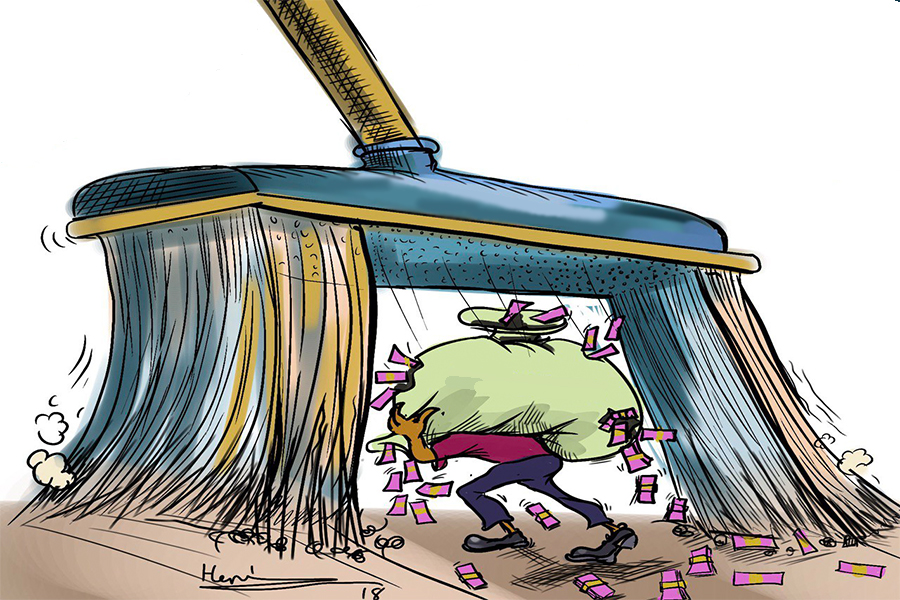
Oct 25 , 2025
The regulatory machinery is on overdrive. In only two years, no fewer than 35 new pro...
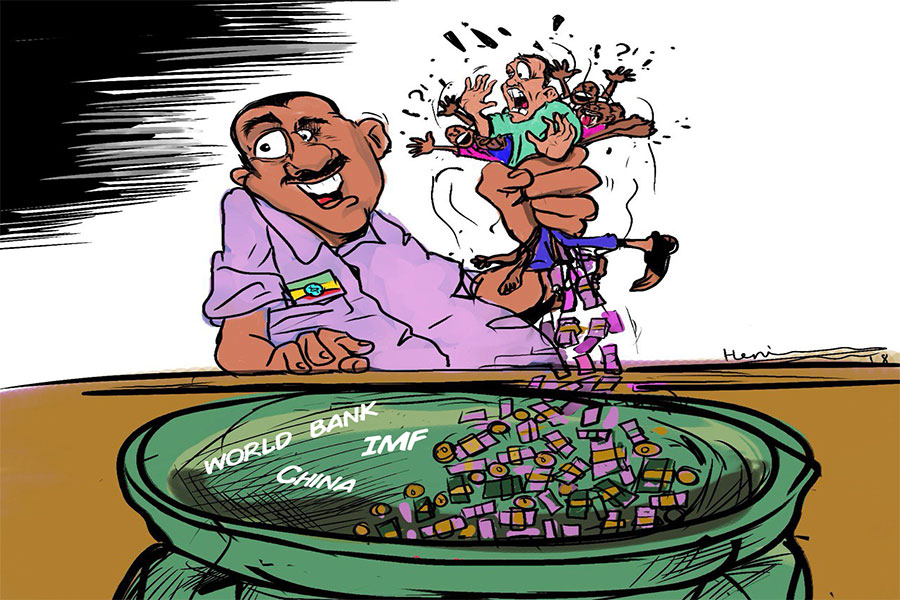
Oct 18 , 2025
The political establishment, notably the ruling party and its top brass, has become p...
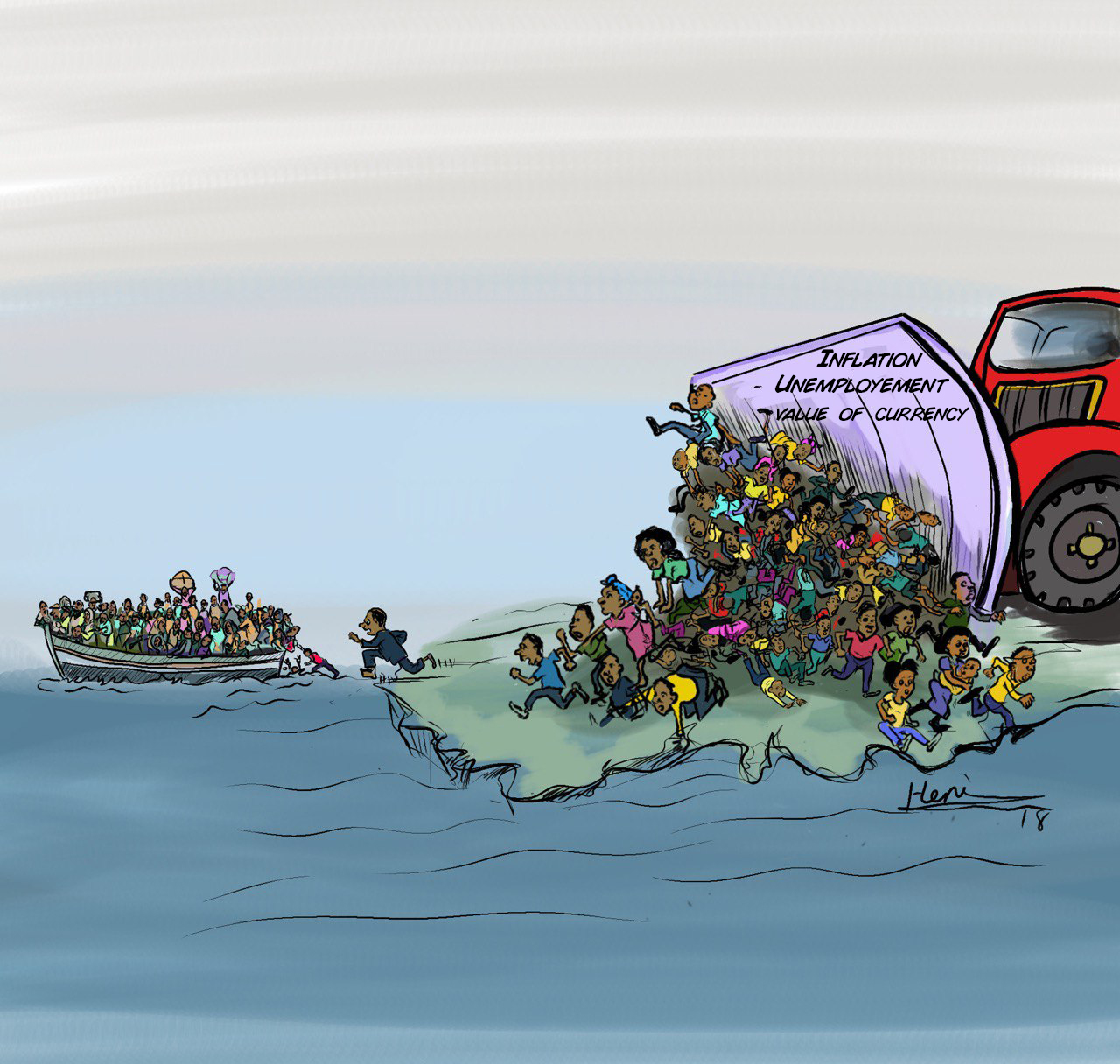
Oct 11 , 2025
Ladislas Farago, a roving Associated Press (AP) correspondent, arrived in Ethiopia in...

Nov 2 , 2025
The National Bank of Ethiopia (NBE) has scrapped the credit-growth ceiling that had s...
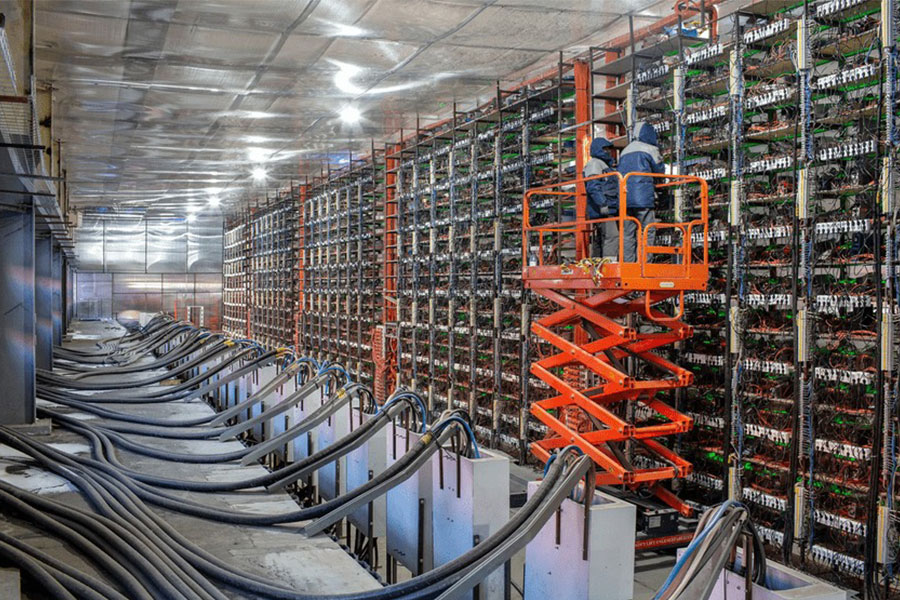
Nov 2 , 2025 . By SURAFEL MULUGETA
The burgeoning data mining industry is struggling with mounting concerns following th...

Nov 2 , 2025 . By YITBAREK GETACHEW
Berhan Bank has chosen a different route in its pursuit of a new headquarters, opting for a transitional building instea...

Nov 2 , 2025 . By BEZAWIT HULUAGER
Nib International Bank S.C. has found itself at the epicentre of a severe governance...